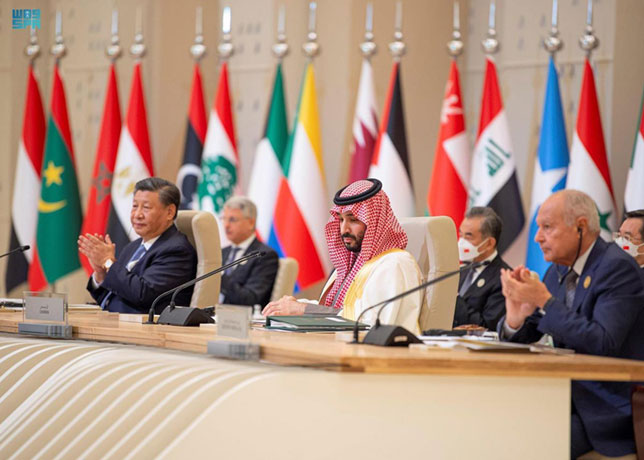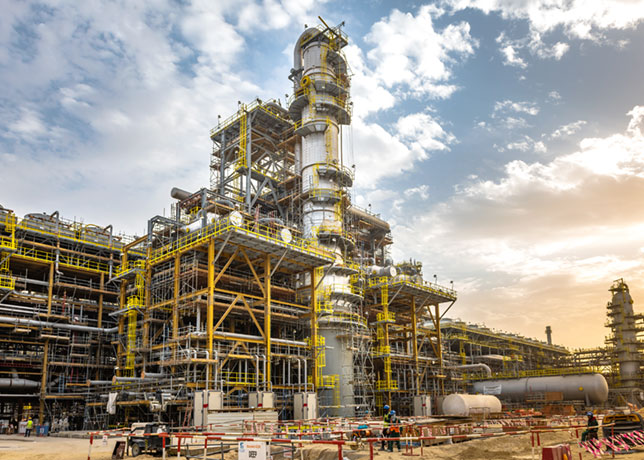
 The Fadhili Gas Plant ... more focus on gas
The Fadhili Gas Plant ... more focus on gas
$1trillion will be spent across six strategic sectors
Saudi Arabia has unveiled plans to spend $1 trillion to boost its non-oil sectors, with clean energy and gas amongst the largest beneficiaries. This also means a significant cut in spending on its oil sector, marking a pivotal moment in the Kingdom’s strategy to diversify its economy away from a heavy reliance on oil.
According to Goldman Sachs Research, Saudi Arabia is poised to embark on a massive investment journey, earmarking $1 trillion across six strategic sectors by 2030. However, the oil sector will see a reduced share.
Faisal AlAzmeh, Head of CEEMEA Equity Research at Goldman Sachs, reveals that approximately 73 per cent of this capital expenditure (capex) will be allocated to non-oil industries. This is a notable increase from the previous forecast of 66 per cent for non-oil sectors.
Capex in the oil sector will be reduced by $40 billion from 2024 to 2028. Investments in upstream oil and gas will range between $190 billion and $220 billion, down from the previously projected $230 billion to $260 billion.
Natural gas will continue to play a crucial role in the country’s decarbonisation and economic development plans.
Clean energy is set to receive a substantial boost, with funding projected to reach $235 billion, up from the earlier forecast of $148 billion. This increase reflects Saudi Arabia's commitment to expanding its renewable energy capabilities, more than doubling its 2030 capacity target.
As of mid-2024, Goldman Sachs Research identifies about 11 gigawatts (GW) of solar photovoltaic capacity currently under development, with an additional 16.7 GW of solar and wind capacity in the planning stages. The government has also revised its solar energy target for 2030, raising it from 58.7 GW to a range of 100 to 130 GW.
The Kingdom is also channeling investments into other sectors vital for economic diversification, including metals and minerals, transport and logistics, and digitalisation. Saudi Arabia is investing heavily in mining, aiming to issue over 30 new exploration licenses this year and launching a $182 billion mineral exploration incentive programme.
Additionally, the country is focusing on transportation and logistics, planning to invest approximately $100 billion in aviation and another $100 billion in electric vehicles (EV) and logistics.
Funding this ambitious $1 trillion investment plan presents challenges, particularly given current economic pressures. With oil prices hovering around $80 to $85 per barrel and production at 9 million barrels per day (bpd), the Saudi government faces a budget deficit projected to widen to 4.3 percent of GDP this year, up from 2 per cent last year. Increased spending and declining oil revenues contribute to this deficit, raising questions about how it might impact investment plans. To address this, Saudi Arabia is exploring alternative financing sources. The Kingdom has been active in developing its equity and debt capital markets, with the Public Investment Fund (PIF) issuing $7.8 billion in bonds in 2024. The country is also grappling with a tight liquidity situation, as evidenced by the recent banking data showing loan growth outpacing deposits.
Goldman Sachs Research forecasts that global oil demand will peak at 110 million bpd by 2034, and could reach 113 million barrels per day by 2040 if electric vehicle adoption remains slow.










































































